New report from the EPO analyses investment in start-ups by public investors, creates new ‘Technology Investor Score’
31 Jan 2025





Author
Martin Croft
PR & Communications Manager
The report, Mapping Investors for European Innovators, defines public investors as bodies such as the European Innovation Council (EIC) under Horizon Europe and the European Investment Bank (EIB), national innovation agencies from the Taftie network such as Bpifrance, Innovation UK and Innosuisse, and regional innovation agencies.
The report found that “public investors are predominantly concentrated in high-TIS companies, reflecting their focus on fostering investments with high social impact.”
This study, conducted under the aegis of the EPO Observatory on Patents and Technology, aims to contribute to improving financing opportunities for technology-driven startups in Europe.
It introduces the Technology Investor Score (TIS), a novel metric designed to identify investors specialising in tech companies by measuring the percentage of patenting companies in their portfolio. Leveraging this metric, the study creates a comprehensive mapping of specialised technology investors available to European startups and explores key areas of interest for European competitiveness.
One of the key findings of the research is that while private investors account for the majority of investment volumes in Europe, public investors lead in specialising in technology funding.
The majority of investments in Europe are from private investors, primarily VCs and other investment funds. However, most private investment is in in the low and moderate categories of the TIS. The majority of transactions by public investors, by contrast, have a high TIS, which is consistent with the main mission of public programmes: to seed early-stage innovation.
A higher TIS for investors, the report adds, is correlated with more successful exits and scale-ups, emphasising the crucial role played by technology engagement in driving business success. This highlights that investor experience in funding companies with patents can be associated with better investment outcomes.
This relationship is more evident for companies in the US than for European ones, suggesting that European investors may need to strengthen their focus on technology and IP-backed ventures to boost the continent’s scale-up ecosystem. The disparity may reflect structural differences in scaling resources available to startups, with investors in the US providing a more supportive ecosystem for high-growth companies.
The report, Mapping Investors for European Innovators, defines public investors as bodies such as the European Innovation Council (EIC) under Horizon Europe and the European Investment Bank (EIB), national innovation agencies from the Taftie network such as Bpifrance, Innovation UK and Innosuisse, and regional innovation agencies.
The report found that “public investors are predominantly concentrated in high-TIS companies, reflecting their focus on fostering investments with high social impact.”
This study, conducted under the aegis of the EPO Observatory on Patents and Technology, aims to contribute to improving financing opportunities for technology-driven startups in Europe.
It introduces the Technology Investor Score (TIS), a novel metric designed to identify investors specialising in tech companies by measuring the percentage of patenting companies in their portfolio. Leveraging this metric, the study creates a comprehensive mapping of specialised technology investors available to European startups and explores key areas of interest for European competitiveness.
One of the key findings of the research is that while private investors account for the majority of investment volumes in Europe, public investors lead in specialising in technology funding.
The majority of investments in Europe are from private investors, primarily VCs and other investment funds. However, most private investment is in in the low and moderate categories of the TIS. The majority of transactions by public investors, by contrast, have a high TIS, which is consistent with the main mission of public programmes: to seed early-stage innovation.
A higher TIS for investors, the report adds, is correlated with more successful exits and scale-ups, emphasising the crucial role played by technology engagement in driving business success. This highlights that investor experience in funding companies with patents can be associated with better investment outcomes.
This relationship is more evident for companies in the US than for European ones, suggesting that European investors may need to strengthen their focus on technology and IP-backed ventures to boost the continent’s scale-up ecosystem. The disparity may reflect structural differences in scaling resources available to startups, with investors in the US providing a more supportive ecosystem for high-growth companies.
The report, Mapping Investors for European Innovators, defines public investors as bodies such as the European Innovation Council (EIC) under Horizon Europe and the European Investment Bank (EIB), national innovation agencies from the Taftie network such as Bpifrance, Innovation UK and Innosuisse, and regional innovation agencies.
The report found that “public investors are predominantly concentrated in high-TIS companies, reflecting their focus on fostering investments with high social impact.”
This study, conducted under the aegis of the EPO Observatory on Patents and Technology, aims to contribute to improving financing opportunities for technology-driven startups in Europe.
It introduces the Technology Investor Score (TIS), a novel metric designed to identify investors specialising in tech companies by measuring the percentage of patenting companies in their portfolio. Leveraging this metric, the study creates a comprehensive mapping of specialised technology investors available to European startups and explores key areas of interest for European competitiveness.
One of the key findings of the research is that while private investors account for the majority of investment volumes in Europe, public investors lead in specialising in technology funding.
The majority of investments in Europe are from private investors, primarily VCs and other investment funds. However, most private investment is in in the low and moderate categories of the TIS. The majority of transactions by public investors, by contrast, have a high TIS, which is consistent with the main mission of public programmes: to seed early-stage innovation.
A higher TIS for investors, the report adds, is correlated with more successful exits and scale-ups, emphasising the crucial role played by technology engagement in driving business success. This highlights that investor experience in funding companies with patents can be associated with better investment outcomes.
This relationship is more evident for companies in the US than for European ones, suggesting that European investors may need to strengthen their focus on technology and IP-backed ventures to boost the continent’s scale-up ecosystem. The disparity may reflect structural differences in scaling resources available to startups, with investors in the US providing a more supportive ecosystem for high-growth companies.
The report, Mapping Investors for European Innovators, defines public investors as bodies such as the European Innovation Council (EIC) under Horizon Europe and the European Investment Bank (EIB), national innovation agencies from the Taftie network such as Bpifrance, Innovation UK and Innosuisse, and regional innovation agencies.
The report found that “public investors are predominantly concentrated in high-TIS companies, reflecting their focus on fostering investments with high social impact.”
This study, conducted under the aegis of the EPO Observatory on Patents and Technology, aims to contribute to improving financing opportunities for technology-driven startups in Europe.
It introduces the Technology Investor Score (TIS), a novel metric designed to identify investors specialising in tech companies by measuring the percentage of patenting companies in their portfolio. Leveraging this metric, the study creates a comprehensive mapping of specialised technology investors available to European startups and explores key areas of interest for European competitiveness.
One of the key findings of the research is that while private investors account for the majority of investment volumes in Europe, public investors lead in specialising in technology funding.
The majority of investments in Europe are from private investors, primarily VCs and other investment funds. However, most private investment is in in the low and moderate categories of the TIS. The majority of transactions by public investors, by contrast, have a high TIS, which is consistent with the main mission of public programmes: to seed early-stage innovation.
A higher TIS for investors, the report adds, is correlated with more successful exits and scale-ups, emphasising the crucial role played by technology engagement in driving business success. This highlights that investor experience in funding companies with patents can be associated with better investment outcomes.
This relationship is more evident for companies in the US than for European ones, suggesting that European investors may need to strengthen their focus on technology and IP-backed ventures to boost the continent’s scale-up ecosystem. The disparity may reflect structural differences in scaling resources available to startups, with investors in the US providing a more supportive ecosystem for high-growth companies.
Read Recent Articles
Inngot's online platform identifies all your intangible assets and demonstrates their value to lenders, investors, acquirers, licensees and stakeholders
Accreditations



Copyright © Inngot Limited 2019-2025. All rights reserved.
Inngot's online platform identifies all your intangible assets and demonstrates their value to lenders, investors, acquirers, licensees and stakeholders
Accreditations



Copyright © Inngot Limited 2019-2025. All rights reserved.
Inngot's online platform identifies all your intangible assets and demonstrates their value to lenders, investors, acquirers, licensees and stakeholders
Accreditations



Copyright © Inngot Limited 2019-2025. All rights reserved.
Inngot's online platform identifies all your intangible assets and demonstrates their value to lenders, investors, acquirers, licensees and stakeholders
Accreditations



Copyright © Inngot Limited 2019-2025. All rights reserved.




